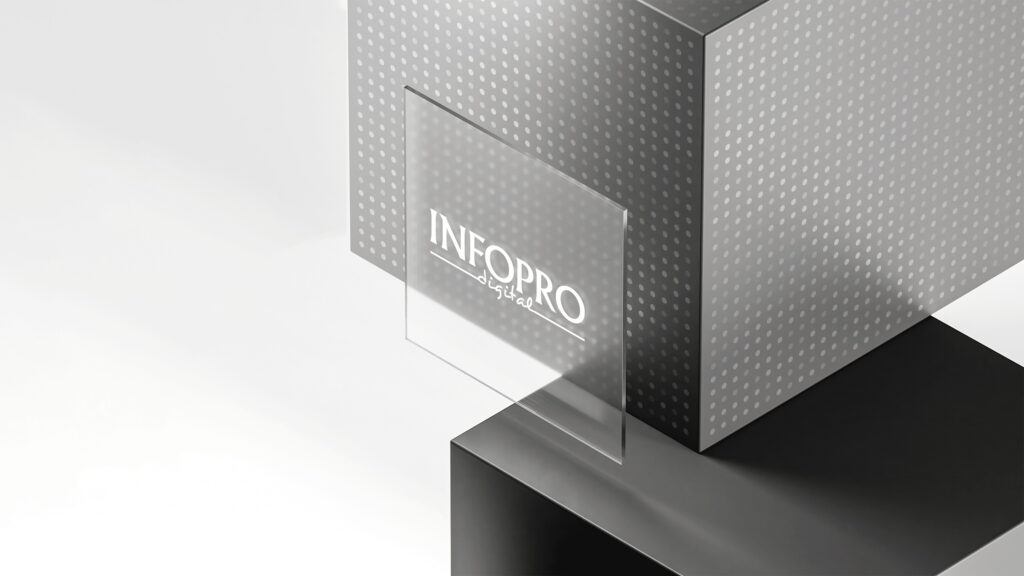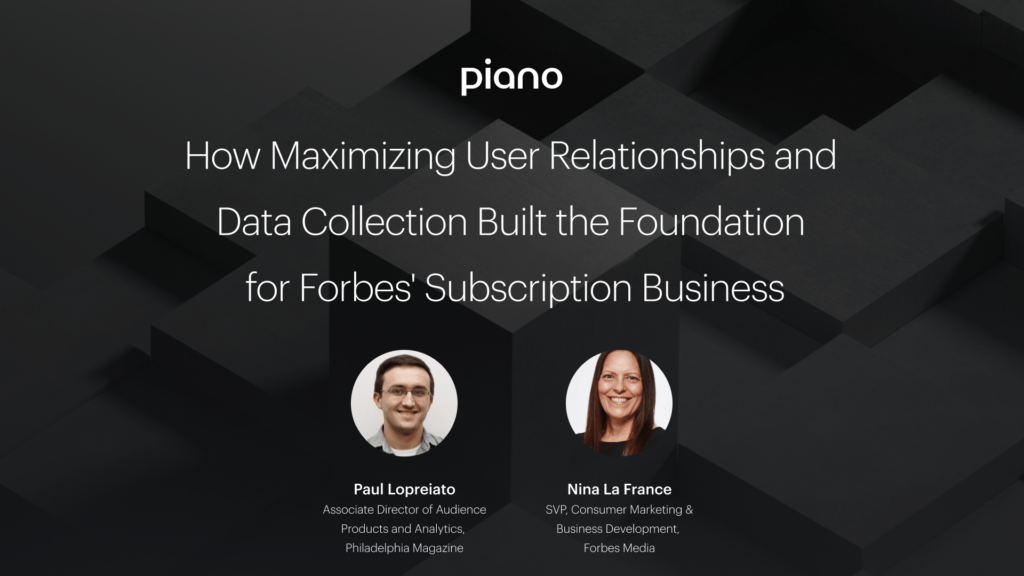Meilleurtaux: Leveraging Analytics to Drive Future Growth
Meilleurtaux is France's leading marketplace for financial services: home loans, credit repurchase, consumer credit, loan insurance and more. Since 2014, the group has been following a policy of strategic diversification to broaden its offer and drive future growth. With the arrival of new digital players — and their legacy data — and the recent regulatory changes on data protection, Meilleurtaux had to harmonize its information systems and centralize data collection and analysis on a reliable shared tool. Jérémy Lacoste, Head of Acquisition, Analytics & CRM Marketing, explains in this interview how and why Piano has become the analytics solution of the Meilleurtaux Group, and what major benefits the employees get on a daily basis in monitoring their digital activity.
Piano: Let's start by introducing ourselves: Who are you and what do you do at Meilleurtaux?
JL: I worked for six years in an agency where I managed digital acquisition, data marketing and web analysis projects. During this time, I worked with around 30 advertisers, mainly in the banking and insurance sector, in a very performance-oriented role. I arrived at Meilleurtaux in November 2020 to head up the acquisition department and expand the team. In just a few months, we have gone from one person on the team to six. And we are still recruiting.
Piano: Since 2014, Meilleurtaux has been carrying out a strategy of external diversification. Can you tell us more about it?
JL: Yes, indeed, the group has been diversifying via external growth for the past seven years, with the purchase of companies that have expertise relatively close to Meilleurtaux. Today, we can say that we are the leading marketplace for financial services and products. To date, we offer around 10 products, including mortgages, loan insurance, credit repurchases, consumer credit, energy and bank fee comparisons, home insurance, mutual insurance and investment products.
Piano: And how does this development strategy affect your day-to-day data activity?
JL: At my team's level, the challenges of this policy are quite high. We have to deliver leads to all the business lines, old and new. Our revenue targets are based on our ability to deliver a predefined volume of leads each month according to the number of advisors mobilized, while not exceeding a certain CPL (cost per lead). The management is, therefore, very flexible because we must be able to increase the flow at any time.
We also need to be able to diversify our sources of acquisition so as not to be too dependent on the big American digital players and to be able to activate different levers at any time: SEM, social ads, partnerships, white label, affiliation, retargeting. Finally, we have to manage the legacy data of the acquired companies. It is not always easy to deal with five or six different information systems or specific business tools that are not compatible with each other. This situation raises problems of governance and data storage. This is why we were encouraged to move quickly to Piano Analytics and why we needed to define new common KPIs in order to have an overall view of our group activity.
Piano: How many of the group's sites are currently using Piano Analytics?
JL: All of our group's websites (about 15) are now using Piano Analytics. The Meilleurtaux application will also soon be running on Piano Analytics. We are helping all of the group's units both in the technical migration to Piano and in getting used to the solution. Our goal is to develop a real data culture in the company. From now on, each action must be measured, and the business units must be autonomous in analyzing the performance of campaigns. To do this, we organize training sessions and provide employees with a 50-page operating manual that presents all of Piano Analytics' use cases, with all the business scenarios.
Piano: Why did you choose Piano Analytics as your group solution?
JL: There are three main reasons why we chose to implement Piano Analytics on all of our digital media. First of all, the quality of the support. We are a fintech company with a lot of ideas and fairly short go-to-market times, so we need a very responsive service provider, as is the case with Piano Analytics. This is compared to Google Analytics where there is no support. If there is a problem, it's "do it yourself." I don't like working under these conditions.
Secondly, asset data privacy was a major issue. We manage highly sensitive data, such as banking or health information, so we have to be very strict about confidentiality and respecting the privacy of our customers. Security comes first. Piano Analytics' GDPR compliance, its CNIL exemption, the storage of data in the European Union, the fact that Meilleurtaux is the sole owner of the data...these privacy advantages were important factors in our choice of service provider. Finally, there was the notion of being made in France. We are part of French Tech 120, so we encourage partnerships with French companies. In addition, we invest a lot of money in Google and Bing, so it's also good to share the wealth (smiles).
Piano: How was Piano Analytics' CNIL exemption a deciding factor in the selection process?
JL: The CNIL exemption is essential for us. The Meilleurtaux group's sites represent 90 million visitors per year, and we also have a news site (MoneyVox) with strong revenue challenges. Knowing the right measure of our audience is, therefore, essential. It is unthinkable for us to make projections or take samples. Furthermore, we work a lot on increasing the conversion or completion rates of our forms. However, if we create a statistical bias from the outset in the collection of data, this can compromise all of our A/B tests in the long term. We can't afford to do this because one point of completion rate gained on our forms generally means several tens of thousands of euros of additional turnover.
Piano: The CNIL guidelines on cookies and trackers were finally implemented on the 1st of April 2021. What were the main issues for you in terms of the regulation text on your digital activity?
JL: At Meilleurtaux we do a lot of acquisition, so compliance was not going to be something that challenged us in the analysis of our different channels, and even more so to the control of our Costs Per Lead. Also, as I explained earlier, there was a significant monetization issue on MoneyVox, so we had to keep a good collection of information. Lastly, one of the key areas of focus for the year is to become more mature in terms of UX. We need to be able to offer a web experience that meets the very high standards of the market. And, in order to understand where our exit rates are, where the obstacles are in the customer's web experience, we need to collect ultra-reliable data.
Piano: Despite this, have you not lost some granularity in the analysis of your data since the first of April?
JL: Yes and no. The effect is almost non-existent because Meilleurtaux has a very "database"-oriented culture. Indeed, we have first-party customer data from our forms, so we are still collecting data in the same volumes as before. But it's true that we tended to under-use our web data and we're just starting to see the effects of that. To date, the indirect loss that I see involves the management of our acquisition channels (SEM, social ads, affiliation).
For example, on affiliation, an important lever for us, we are not able to assign one lead in three to our publishers. However, all our partnerships are based on performance and not on visits or clicks. So if we don't manage to attribute the conversion, the other party is no longer satisfied, and the partnership is no longer worthwhile. We have to find the right balance and put in place workaround strategies to keep the ecosystem viable for us and all our partners.
Piano: How did you go about bringing all the group's sites into compliance before the deadline of the 1st of April 2021?
JL: We anticipated quite early, by organizing several workshops with different levels of management. But, of course, like everyone else, we went live on the 1st of April (laughs). Otherwise, we began by updating our policies on the use of cookies and personal data with the help of the legal department. At the same time, we also decided to completely rethink our account creation strategy. We used to create an account on a single vertical. Today, we are taking a more holistic approach by creating a single, multi-product "Meilleurtaux" account.
From a legal constraint, we are turning it into a business opportunity, that of focusing on our data assets and capitalizing on a lasting user ID. This new account will allow us to collect opt-in information to send out special offers, personalized newsletters, pushes, etc. Finally, for the configuration of the tagging plan and the CMP, we worked with CommandersAct. We simply mapped all our trackers and cookies, indicating whether they were subject to consent or not.
Piano: Have you worked on the UX and design of your consent banner?
JL: Yes, we have. We started from scratch, even though CommandersAct offers predefined models. Prior to the design, we carried out a small market study of the sector. Also, we are a member of a brokers' collective which allows us to have access to the CNIL. We then submitted to them about 50 questions prepared with our colleagues to find out what was allowed or not, and to what extent we could move the cursor. We wanted to continue to collect data widely, but within sound and legal frameworks. In the end, we opted for the "continue without accepting" version with a slightly offbeat text, in the form of a greedy wink with "cookies." It is a question of adapting to the changing regulatory context, but turning it into a positive.
Piano: To date, what is the average opt-in rate on the group's sites?
JL: Currently, we have an average of 65% opt-in, i.e. acceptance of non-exempt cookies. We are about average for the sector. Of course, we are continuing to carry out A/B tests to optimize this consent rate.
Piano: What are your next data projects?
JL: In terms of web analysis, we have three main priorities. Firstly, to map all the interactions in the customer area, with logged data and a hyper-granular view. Secondly, we need to compare our online and offline data (or post-funnel conversion data). We have varying lengths of conversion time depending on our businesses. For example, in real estate, it can take six months for a file to be financed after a customer form has been sent. As a result, we are missing out on this data. With Piano Analytics, we see the leads falling but not the business data. Thirdly, we need to optimize the mapping of interactions on our mobile application. We are going to work hard with Piano in this area.
Piano: Any final words or advice for the digital community on compliance?
JL: Quite simply, I would tell them not to see compliance merely as a constraint, requiring significant development to meet GDPR or CNIL guidelines. Use this momentum as an opportunity because consumers are becoming increasingly savvy on the issue of data protection. Therefore, you must be able to meet these new concerns with a high standard. Regulatory developments also present us with an exercise in data sobriety that is good for us. In the past, we tended to want to analyze and disseminate everything. This new approach allows us to focus on what is important, to update our practices, which were either no longer in line with market standards or no longer corresponded to the user experience we wanted to offer. Having a militant position on data quality and security is also a way of standing out from the competition: "You entrust us with your data, a precious asset, know that we take the greatest care of it.






